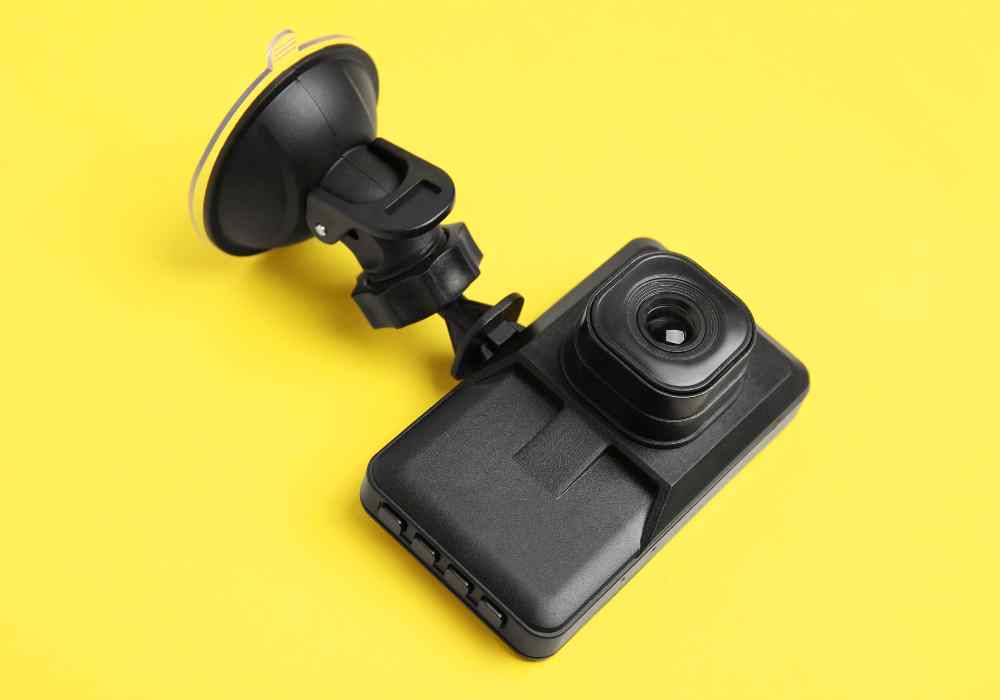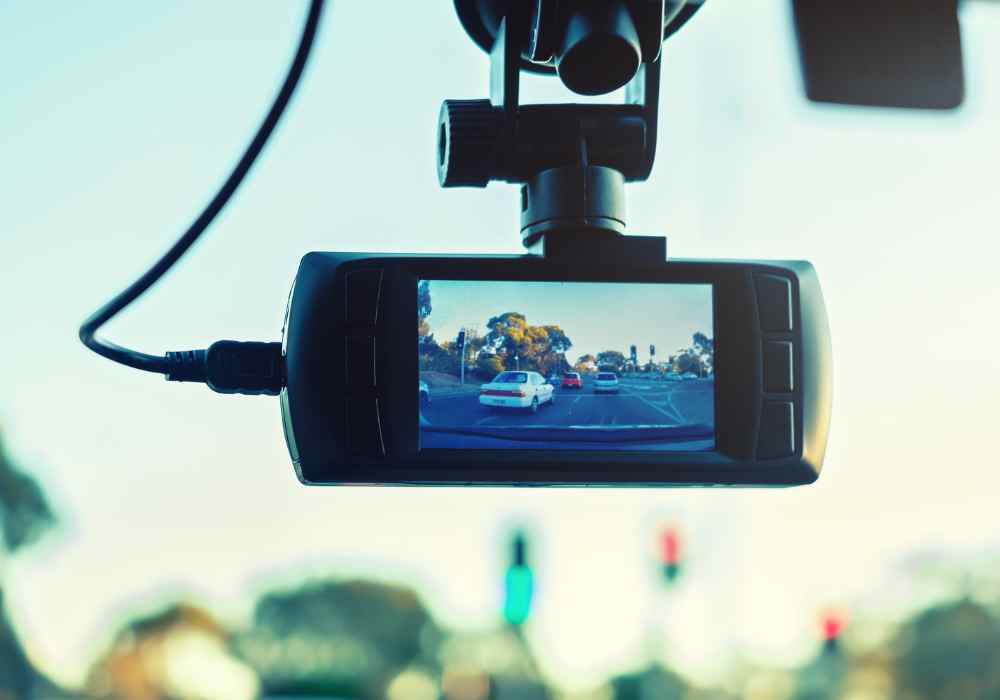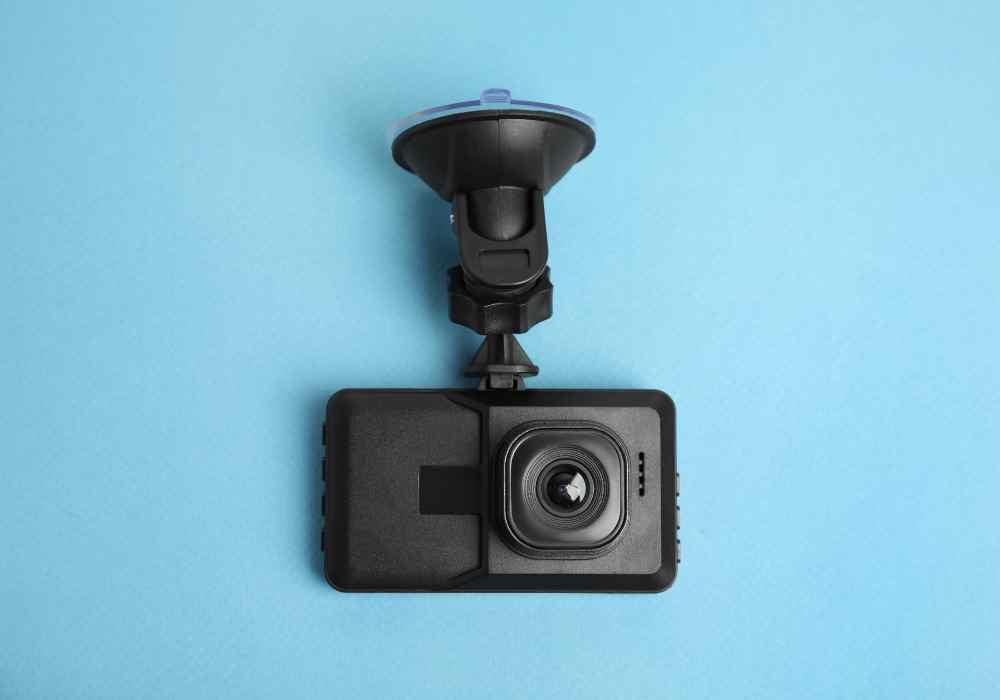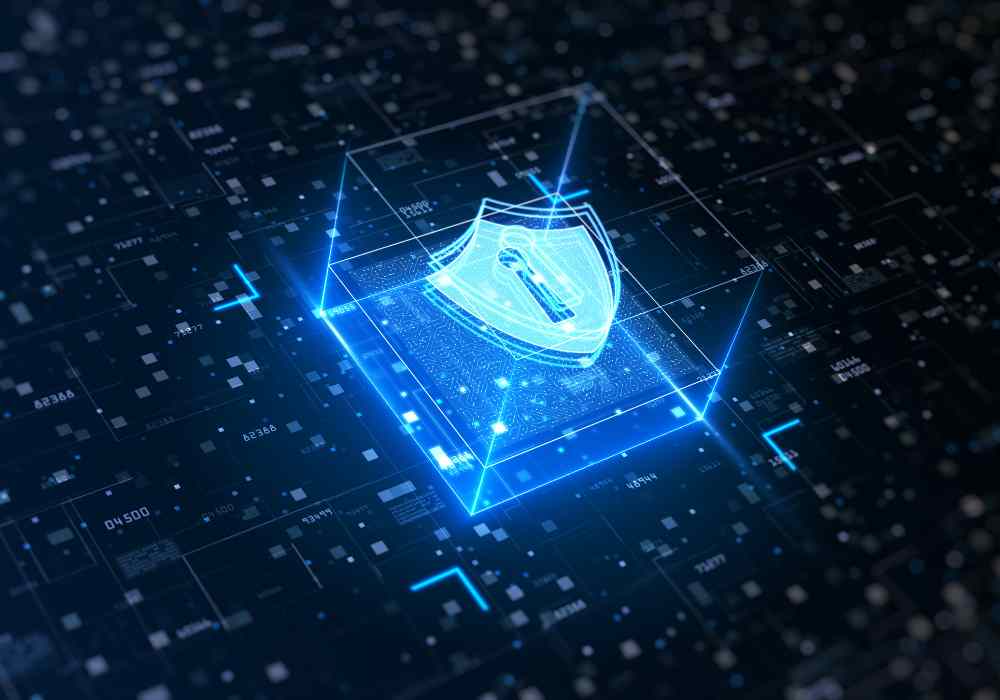Dashcams, or dashboard cameras, are small cameras that are mounted on the dashboard or windshield of a car to continuously record the view through the front windscreen.
These devices have gained popularity in recent years due to their ability to provide video evidence in case of accidents or incidents on the road.

However, there are also several disadvantages to using a dashcam in your car. We’ll outline them below-
Invasion of Privacy
One of the main disadvantages of using a dashcam is the potential invasion of privacy. Dashcams record audio and video, which means they can capture anything and anyone in front of the car.
This can be a concern for passengers who may not want to be recorded, as well as for pedestrians or other drivers who may be caught on camera without their consent.
In some cases, the use of dashcam footage can raise ethical concerns. For example, if a driver captures footage of an accident or incident on the road, they may be tempted to share the footage on social media or other platforms.
This can be a violation of the privacy of the individuals involved, and can potentially cause harm or distress.

Furthermore, the constant recording by a dashcam can create a sense of unease or discomfort for passengers, who may feel like they are being monitored or watched.
This can be particularly concerning for passengers who may have sensitive or personal conversations while in the car, and may not want those conversations to be recorded.
In summary, the use of dashcams can potentially invade the privacy of individuals, both inside and outside the car.
This can be a concern for passengers, pedestrians, and other drivers who may not want to be recorded, and can raise ethical and legal issues. It is important for drivers to consider these potential invasions of privacy before using a dashcam in their car.
Purchasing and Maintaining Dashcam
Another disadvantage of using a dashcam is the cost of purchasing and maintaining the device. Dashcams can be expensive, particularly high-quality models with advanced features like GPS and motion detection. In addition, dashcams require regular maintenance and updating, which can add to the cost over time.
For example, the memory card in a dashcam will need to be replaced periodically, and the device will need to be updated with the latest software to ensure it is functioning properly.
In some cases, drivers may also need to purchase additional equipment, such as a power adapter or mounting kit, to use the dashcam properly.
In addition to the upfront cost of purchasing a dashcam, there may also be ongoing costs associated with using the device.
For example, if the dashcam is connected to the internet, there may be data usage fees or subscription costs associated with uploading and storing the footage.

Furthermore, drivers may also need to consider the cost of professional installation for a dashcam. While some dashcams can be installed by the user, others may require professional installation to ensure they are properly positioned and functioning correctly. This can add to the overall cost of using a dashcam.
Overall, while dashcams can be a useful tool, the cost of purchasing and maintaining the device can be a significant disadvantage. Drivers should carefully consider these costs before deciding to use a dashcam in their car.
Distraction While Driving
Another disadvantage of using a dashcam is the potential for distraction while driving. The constant recording and notifications from the dashcam can be a distraction and take the driver’s attention away from the road.
In some cases, drivers may even be tempted to look at the footage on the dashcam while driving, which can be dangerous.
For example, if the dashcam has motion detection or other alert features, it may beep or flash to indicate that it has detected something. This can be distracting for the driver, and may cause them to take their eyes off the road or their hands off the wheel.
In some cases, the distraction can be significant enough to cause an accident or other incident on the road.
In addition, some drivers may be tempted to review the footage from the dashcam while driving. This can be particularly tempting if the dashcam has recorded an interesting or unusual event, such as a car accident or a pedestrian crossing the road in an unexpected place.
However, looking at the footage on the dashcam while driving can be dangerous and should be avoided.
Overall, the potential for distraction while driving is a significant disadvantage of using a dashcam.
Drivers should be aware of this potential distraction and take steps to avoid it, such as turning off notifications or only reviewing the footage from the dashcam when the car is stopped.
Non-Reliability of Dashcam Footage as Evidence
One of the main advantages of using a dashcam is the ability to provide video evidence in case of an accident or incident on the road.
However, the reliability of dashcam footage as evidence is often questioned, and this can be a significant disadvantage of using these devices.
One of the main issues with the reliability of dashcam footage is the quality of the recording. Dashcams can sometimes produce low-quality footage, particularly at night or in bad weather, which can make it difficult to identify individuals or read license plates.
In addition, the wide-angle lens on many dashcams can distort the image, making it difficult to accurately judge distances or other details.
Another issue is the completeness of the footage. Dashcam footage may not always provide a complete picture of what happened, and can sometimes be open to interpretation.
For example, if the dashcam only captures a portion of an incident, it may not provide enough information to fully understand what happened. This can be a problem for drivers who are relying on the footage to support their case in court.
Furthermore, there are also concerns about the authenticity of dashcam footage. In some cases, the footage from a dashcam may be tampered with or altered in some way, which can affect its reliability as evidence.
This can be a problem for drivers who are using the footage to support their case in court, and can potentially lead to disputes or legal challenges.
Overall, while dashcam footage can be useful in some cases, its reliability as evidence is often questioned.
This can be a significant disadvantage of using a dashcam, and drivers should be aware of the potential limitations of this type of footage.
Can be a Violation of Laws in Some Areas
In addition to the disadvantages mentioned above, using a dashcam can also have legal implications. In some countries and states, it is illegal to record audio without the consent of all parties involved, which means that using a dashcam with audio recording capabilities may be against the law.
This can be a concern for drivers who may not be aware of the laws in their area, and could face fines or other penalties if they are found to be in violation.
Cyber Security Issues
In addition to the disadvantages mentioned above, using a dashcam can also have security implications. In particular, dashcams can be vulnerable to hacking or other forms of cyber attacks.

If the dashcam is connected to the internet, it can potentially be accessed by hackers who could view or manipulate the footage. This could be a serious concern for drivers who are using the dashcam for security or surveillance purposes.
For example, if a driver is using the dashcam to monitor their home or business while they are away, a hacker could potentially access the footage and use it for their own purposes.
In addition, hackers may also be able to access the personal information of the driver or passengers, such as their location or other sensitive data. This could potentially be used for identity theft or other malicious purposes.
Furthermore, if the dashcam is connected to the car’s onboard computer system, a hacker could potentially gain access to other systems, such as the car’s brakes or steering. This could be a serious safety concern, and could potentially lead to accidents or other incidents on the road.
Overall, the vulnerability of dashcams to hacking is a significant disadvantage of using these devices.
Drivers should be aware of this potential security risk and take steps to protect their dashcam from cyber attacks, such as using strong passwords and keeping the device up-to-date with the latest security updates.
Summing Up
Despite these disadvantages, there are also some potential benefits to using a dashcam in your car.
For example, a dashcam can provide valuable evidence in case of an accident or incident on the road, which can be helpful for insurance purposes or in legal proceedings.
Dashcams can also serve as a deterrent to bad driving behavior, as drivers may be less likely to engage in reckless or aggressive behavior if they know they are being recorded.
In conclusion, while dashcams can provide some benefits, there are also several disadvantages to using these devices in your car.
These include potential invasions of privacy, the cost of purchasing and maintaining the device, the potential for distraction while driving, and the reliability of the footage as evidence.
In addition, there are legal implications to consider, and the potential for hacking or other cyber attacks.
As with any technology, it is important to carefully weigh the pros and cons before deciding to use a dashcam in your car.
